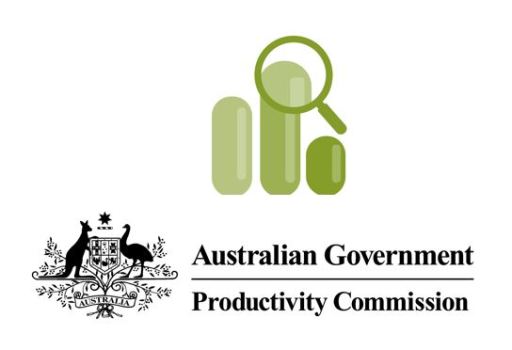The Productivity Commission’s Report on Government Services (RoGS) has a section on Emergency Management. These are categorised as Fire and State and Territory Emergency Services (STES). Ambulance services are covered separately in the Health section of the report.
Total government expenditure across Australia in 2016-17 for fire and STES services was $4.3 billion, around 1.9 percent of total government expenditure on services. Fire services was by far the largest contributor (94.8 percent), followed by STES (5.2 percent).
The RoGS Emergency Management section is available here.
Jurisdictions have a range of funding models to resource fire services and STES organisations. For fire services, levies are the largest source of revenue (64.4 percent of total funding in 2016-17) – except for the ACT and the NT which do not raise fire levies, relying on government grants as their largest revenue source. Government grants are the largest source of STES revenue (52.7 percent of total funding in 2016-17).
Victoria has the largest fire service, spending $1.3 billion annually, despite having less area and population than NSW, which spends $1.1 annually. But STES expenditure is twice as high in NSW ($131 million) as it is in Victoria ($65 million).
Across Australia in 2016‑17 there were 20,008 full time equivalent (FTE) paid personnel were employed by fire service organisations, with the majority (76.9 percent) firefighters. A large number of volunteer staff (208,417 people) also participated in the delivery of services in 2016-17. For STES, the majority of staff were volunteers, with 22,566 state and territory emergency services volunteers and 709 paid staff in 2016‑17.
Across Australia, one third of firefighters are over 50 years old. Fire service expenditure per person is highest in Victoria, which has a large Country Fire Authority and many bushfires. Fire death rates are comparable across Australia at around four deaths per million people, that there was a large spike in Victoria (to 36 per million) in the massive 2009 Black Saturday bushfires.
In 2016-17, fire service organisations attended a total of 394,054 emergency incidents, of which 95,508 were fires. STES organisations attended a total of 77,832 incidents (data excludes Queensland), of which 62,157 were storm and cyclone events.
Metrics included in the report include response times, fire risk prevention and mitigation activities, level of safe fire practices, workforce, services expenditure per person, fire death and injury rate, value of asset losses from the and other events.
Response times were quickest in Victoria and the ACT, and longest in Tasmania in the Northern Territory. Tasmania has the highest rate of accidental residential fires, and Queensland the lowest. This would seem to be a function of the average temperatures of each state – fewer heater are needed in Queensland and more in Tasmania.
Tasmania also has by far the highest rate of fire insurance claims. Nationally in 2016‑17, household and commercial property insurance claims in relation to fire events (excluding major events, which are total claims greater than $100 million) totalled $883.9 million.
Domestic (household) insurance fire event claims increased for, both in terms of average claims (a 28.3 percent increase in real terms from $47,955 in 2012‑13 to $61,524 in 2016‑17) and claims per person (a 8.3 percent increase in real terms from $21.41 per person in 2012‑13 to $23.19 per person in 2016‑17).
Comment below to have your say on this story.
If you have a news story or tip-off, get in touch at editorial@governmentnews.com.au.
Sign up to the Government News newsletter

